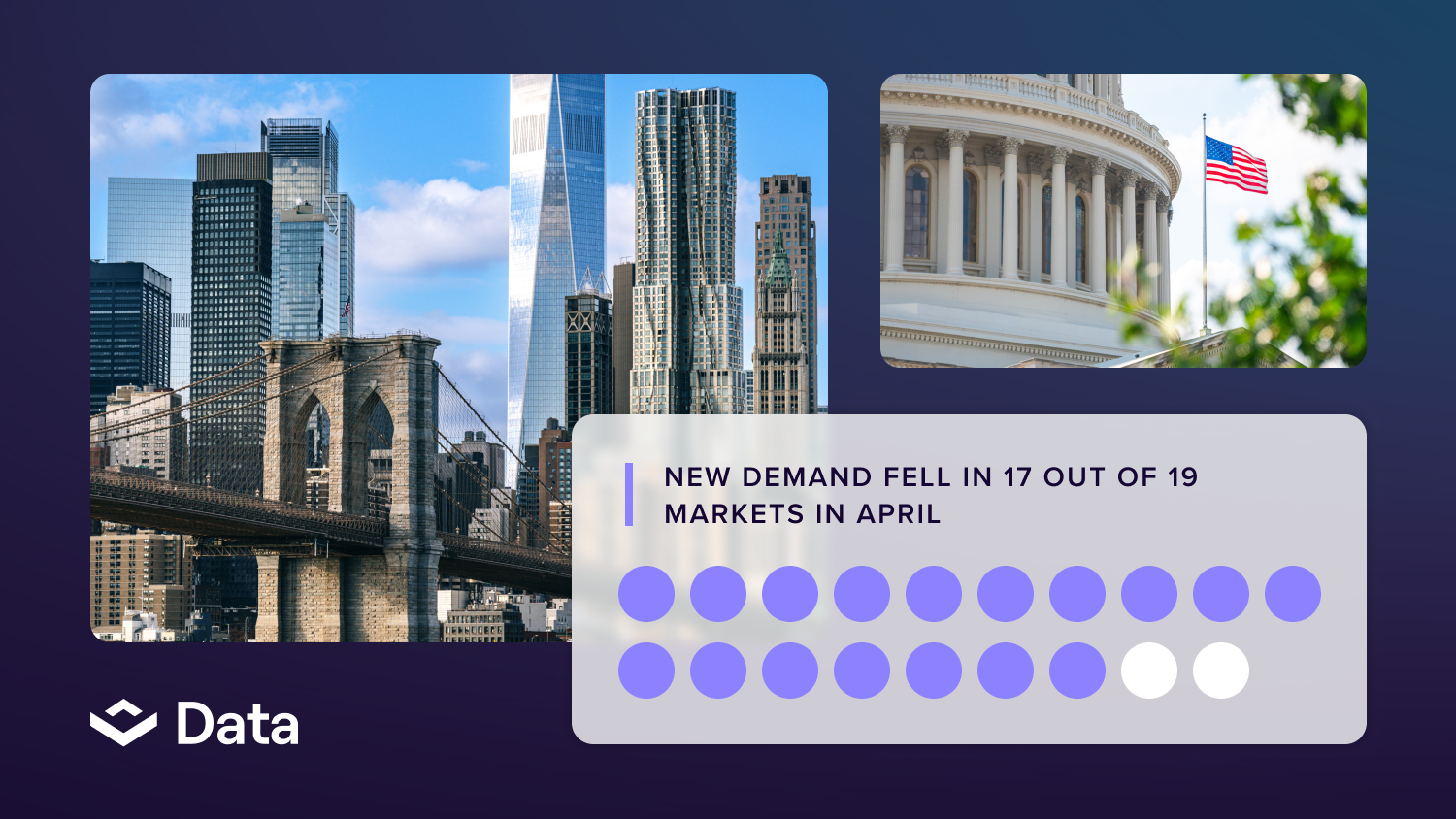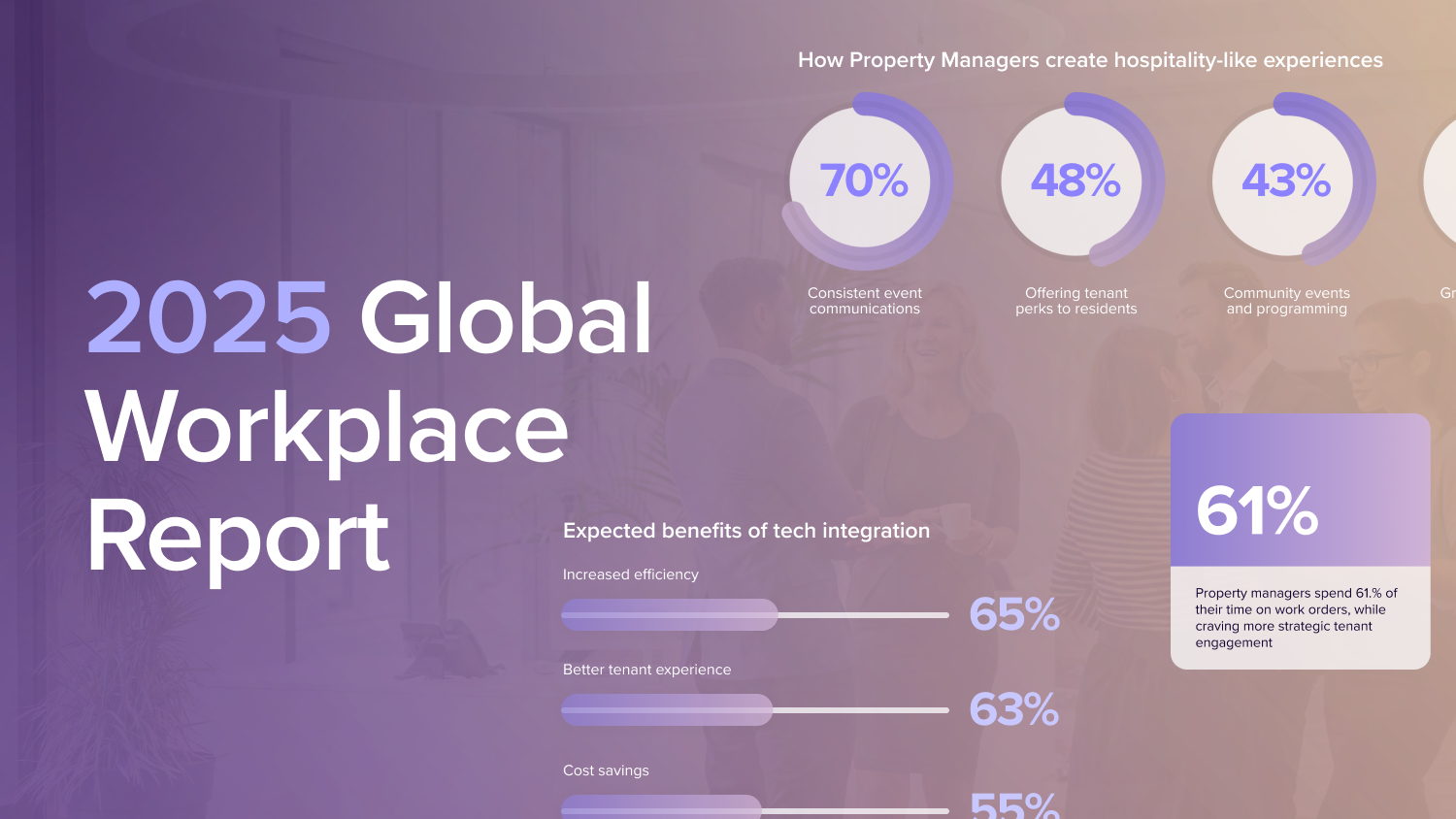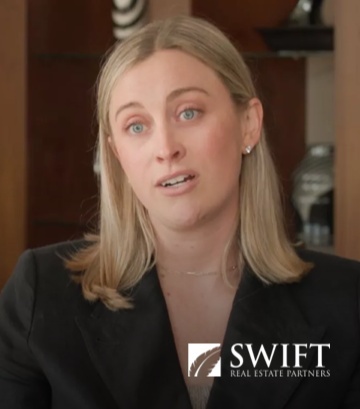
Following a near-two-year pandemic, the way we work has changed. New office demand is down 47% compared to that of a year ago, which has driven the accelerating momentum of subleases in the market. According to Colliers, as of August 2022, sublease space totals approximately 218 million square feet nationally, up nearly 15 million square feet from one year ago.
In the face of economic uncertainty, tenants must be poised to react to downturns by maintaining flexibility and cutting costs. Subleasing provides this to tenants, both those looking for short-term leases and those in long-term leases looking to release some of their leased space. For landlords, it can change the risk profile and future leasing activity of their assets while presenting an opportunity to expand growing tenants into available sublease space.
We often hear from landlords that it can be a struggle to keep tabs on subleases in their assets which can negatively impact their portfolios. Recognizing the growing importance of subleasing is what spurred VTS to develop a feature specifically designed to help landlord companies track their subleases centrally in VTS. Read on to learn more about subleasing and how VTS created a centralized experience for you and your team to get the most out of your subleases.

What is a sublease?
A commercial sublease is a stand-alone agreement between a tenant who already holds a lease with a commercial property and another party who will occupy part or all of that commercial property.
The benefits of subleasing
There are various reasons why a business may look at subleasing as an option to grow or shrink its real estate footprint.
As many businesses have shifted to permanently embracing a hybrid work model, real estate needs have evolved. As it stands today, many offices won’t experience the same employee traffic pre-pandemic. As summer closed in 2022, demand for office space sank below half of its pre-pandemic pace, according to the September VODI.
With fewer bodies in the office, paying for excess space is no longer a viable use of capital for many businesses, especially in the face of economic instability.
Furthermore, tenant demands have significantly changed. In fact, a nationwide survey conducted by VTS indicates that only 40% of tenants would only come back into the office if forced by an employer. Clearly, there’s a need for flexible work options, which is precisely why subleasing has been on the rise.
For landlords, subleasing helps keep their buildings physically occupied while allowing landlords to build inroads with subtenants who may otherwise not consider a space if it is only available through a longer-term lease. However, landlords often lack visibility into the subleases in their portfolios. It can be hard to gauge how much space has been subleased and who these sublessee companies are. Without a central view of sublease activity, asset managers and leasing teams may be in the dark about which companies they have exposure to and where future leasing activity could come from, leaving a building’s occupancy rate at risk.

The VTS sublease experience
At VTS, we seek to empower owners to optimize every opportunity. The ability to track and manage subleasing activity empowers you and your team to make the best leasing decisions for your business.
With VTS Lease, improve visibility into your assets, tenants, and leases with a centralized sublease experience in one powerful platform.
Eliminate data blind spots
Without VTS, gathering critical sublease insights is a fragmented and painful process. Often, important sublease information is scattered across stacking plans, spreadsheets, and word documents. As such, consolidating and analyzing sublease information to gather meaningful portfolio insights is both time-consuming and error-prone.
With poor visibility into relationships with subtenants, you miss important insights around future deal activity.
Unlock critical sublease insights
With VTS Lease, you can empower your teams to identify the best asset and leasing strategy by unlocking critical sublease insights that help you understand your portfolio, facilitate better decision-making, and give you an edge. Track all the sublease information you need in one place, enabling you to make the best leasing decisions with less manual work.
You will have visibility into which companies are truly occupying space in your assets. You will also get better insights into the risk of your assets, with the ability to quickly view all the subleases in your portfolio alongside how much space has been subleased.
Get the most out of your tenant relationships
With VTS Lease, you can now gain visibility into subtenant relationships across your portfolio — allowing you to capitalize on insights that would otherwise slip through the cracks.
Our platform also allows you to see which tenants have been subletting their space and which ones are at risk of not renewing as expiry dates loom.
A better way to track subleases
Subleasing is an increasingly prevalent piece of the puzzle in today’s CRE landscape. For landlords, it’s critical to have the right technology in place. With one all-encompassing platform, get the insights you need to make the moves that matter.
Track and manage subleasing activity with VTS Lease. Book a demo today.






